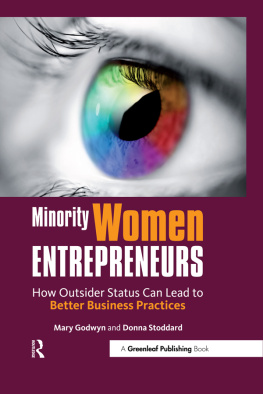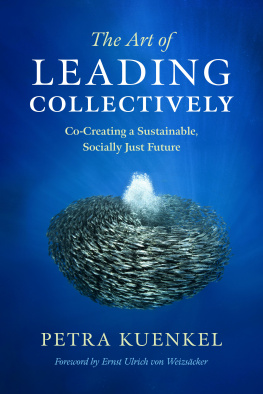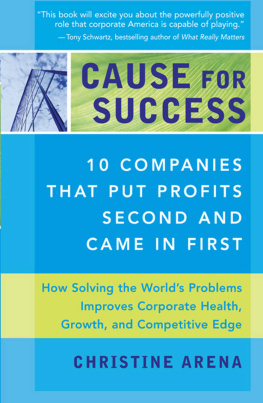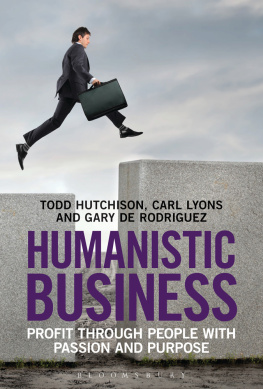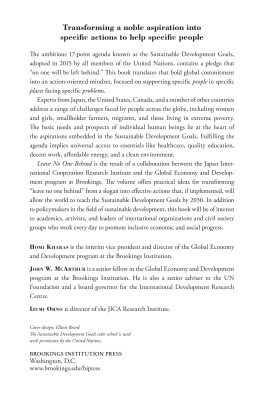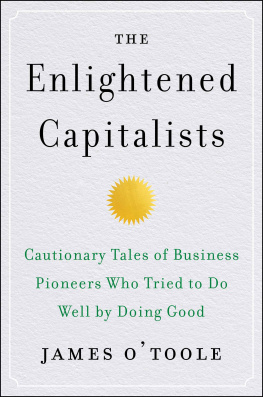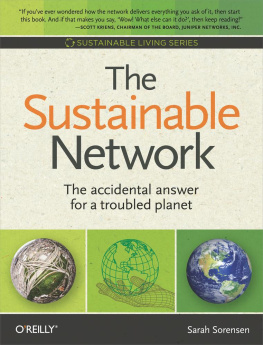Shannon Deer - Business Doing Good: Engaging Women and Elevating Communities
Here you can read online Shannon Deer - Business Doing Good: Engaging Women and Elevating Communities full text of the book (entire story) in english for free. Download pdf and epub, get meaning, cover and reviews about this ebook. year: 2021, publisher: Rowman & Littlefield Publishers, genre: Romance novel. Description of the work, (preface) as well as reviews are available. Best literature library LitArk.com created for fans of good reading and offers a wide selection of genres:
Romance novel
Science fiction
Adventure
Detective
Science
History
Home and family
Prose
Art
Politics
Computer
Non-fiction
Religion
Business
Children
Humor
Choose a favorite category and find really read worthwhile books. Enjoy immersion in the world of imagination, feel the emotions of the characters or learn something new for yourself, make an fascinating discovery.

- Book:Business Doing Good: Engaging Women and Elevating Communities
- Author:
- Publisher:Rowman & Littlefield Publishers
- Genre:
- Year:2021
- Rating:5 / 5
- Favourites:Add to favourites
- Your mark:
Business Doing Good: Engaging Women and Elevating Communities: summary, description and annotation
We offer to read an annotation, description, summary or preface (depends on what the author of the book "Business Doing Good: Engaging Women and Elevating Communities" wrote himself). If you haven't found the necessary information about the book — write in the comments, we will try to find it.
Outlines six principles and best practices for hiring and retaining women with challenging backgrounds
Recently, business leaders have shifted their focus from a profit-only mindset to considering the impact of their businesses on all stakeholders. At the same time, the United Nations set aggressive Sustainable Development Goals (SGDs) to improve our world by 2030. These SDGs address all major needs facing our world today, such as: eradication of poverty and hunger, access to clean water, gender equality, and decent work and economic growth. These are significant problems facing the world that have in the past largely been left to nonprofit organizations and governments to solve.
Investors and customers have higher expectations for companies to make a positive social and environmental impact. They want to know business can do good. Following suit, todays business leaders are starting to recognize we will never fill the gap between where we are and where we want to be if businesses do not also do their part to contribute sustainable solutions to these enormous social problems. This book provides a guide for businesses to make a significant positive impact while also benefiting their businesses.
Business Doing Good outlines six principles business leaders can implement to effectively hire women who have experienced incarceration, poverty, addiction, and/or engagement in the sex trade. While making a difference to both these women and communities, businesses benefit from the womens resourcefulness, resilience, ability to motivate, and other unique skills and perspectives only available to someone who has overcome difficulties. Investments in women, in general, are exponential as they are more likely to return that investment to future generations. The impact is endless. If we are going to end poverty and create economic development, women who have overcome challenging pasts cannot be excluded.
Shannon Deer: author's other books
Who wrote Business Doing Good: Engaging Women and Elevating Communities? Find out the surname, the name of the author of the book and a list of all author's works by series.

